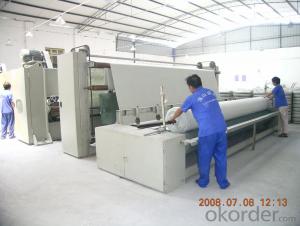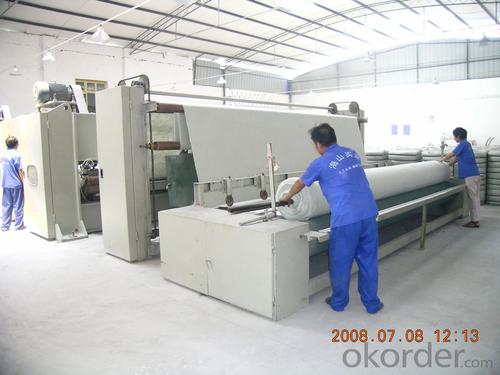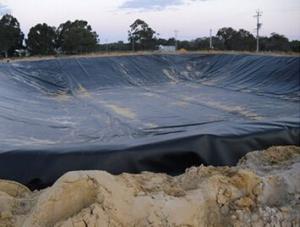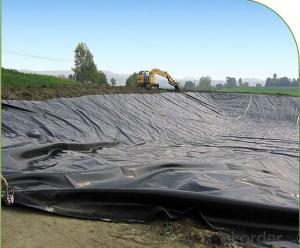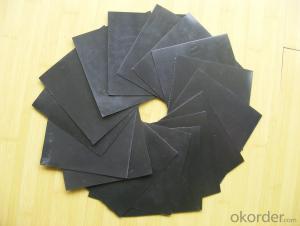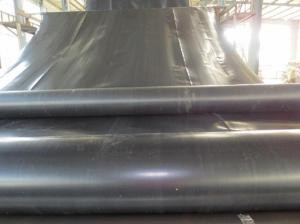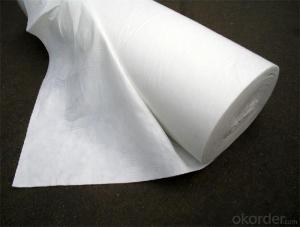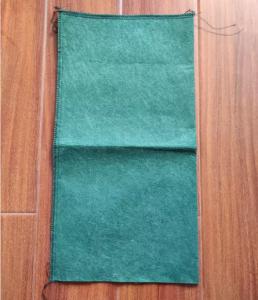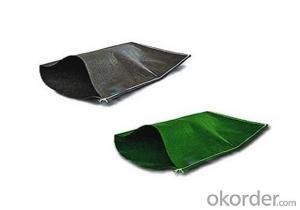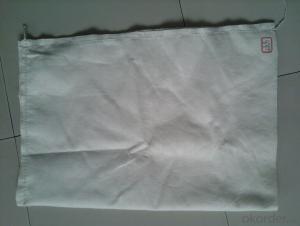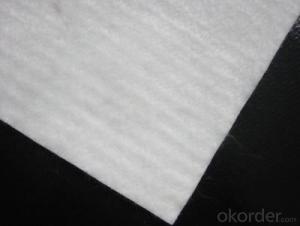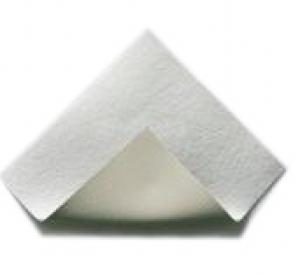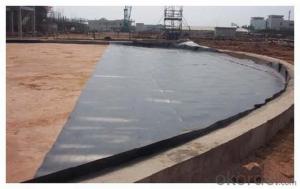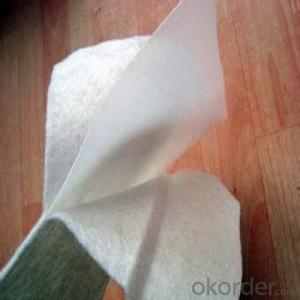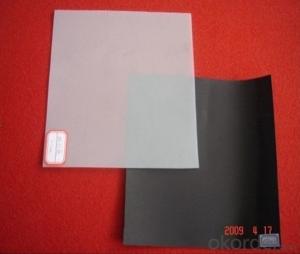Cooley Geomembrane Geo Bags for Controlling Soil Erosion on River Banks
- Loading Port:
- Qingdao
- Payment Terms:
- TT OR LC
- Min Order Qty:
- 10000 m²
- Supply Capability:
- 500000 m²/month
OKorder Service Pledge
OKorder Financial Service
You Might Also Like
Structure of Geo Bags For Controlling Soil Erosion Description:
The isolation of the railway dregs and the roadbed, roadbed and the soft base, surface of the airdrome and parking lot and the groundsill, different dam materials. It isolates the soil and the gravel of two kinds different granule pathway from the groundsill or other buildings.
Main Features of the Geo Bags For Controlling Soil Erosion:
high elongation
high tensile strength
excellent permeablity
durable CBR puncture resistance and UV stabilized
Geo Bags For Controlling Soil Erosion Images
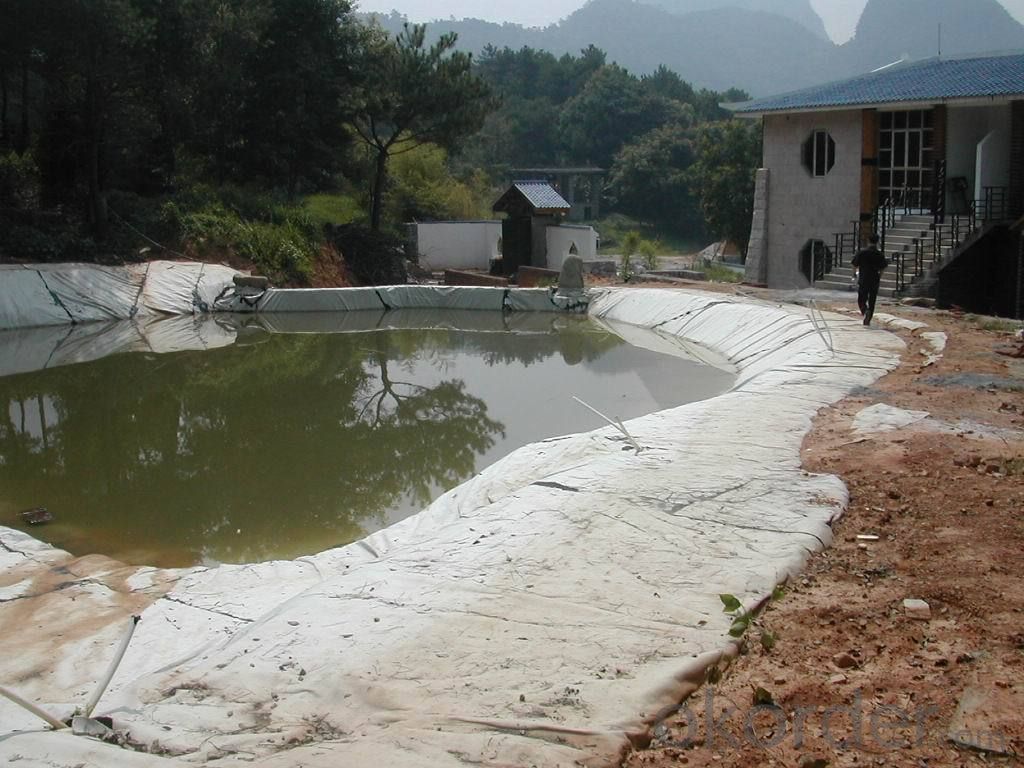
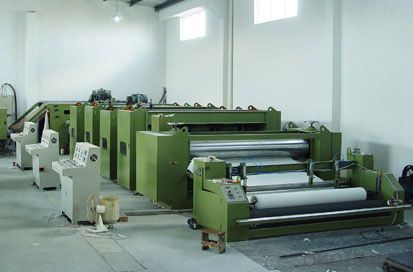
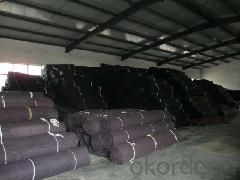
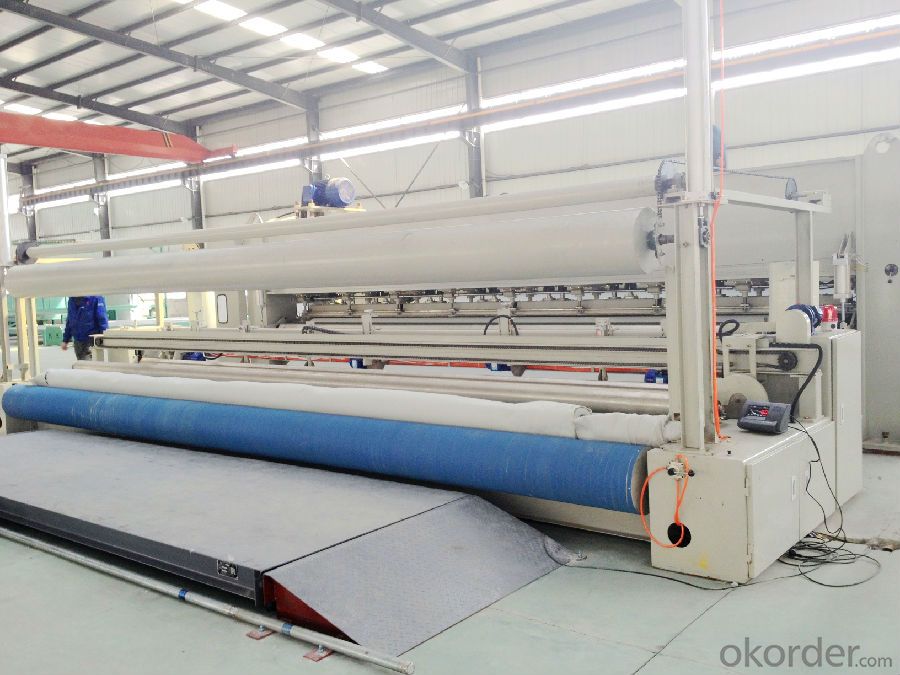
Geo Bags For Controlling Soil Erosion Specification:
| raw material | PET continuous filament fabric /PET staple fiber fabric |
| color | white/black/grey or as your request |
| gsm | 100g/m2 to 800g/m2 |
| roll size | width(1m to 6m),length(50m to 200m) |
| process | spun-bonded,needle punched,if required,heat-set is also available |
| packing | PP woven plastic bags |
| project | road construction,geomembrane protection,river bank erosion control,etc |
FAQ
We have organized several common questions for our clients,may help you sincerely:
Q1: How about your company?
A1:Our company are one of the largest geosynthetic products supplier in the world.We have the products experience more than 20 years.Already export to USA/Germeny/Australia/Zambia/Brazil etc.more than 20 countries.Almost 10years.Our products including Geocell/Fiberglass Geogrid/Geomembrane/Geotextile/Geonet etc.
Q2:Can you send samples to us ?
A2:Yes , free samples could be provided , but customer need pay for the freight cost .
After order placed , the freight charge could be refund .
Q3:What’s your Payment term ?
A3:T/T , L/C , Western Union,Paypal ...
Q4:What’s your manufacture process time ?
A4:Usually within 20 days
- Q: It the plastic wrap breathable?
- If the preservative film is breathable, it will not be good in fresh-keeping. There are strict control indicators in the regulations of the breathability PE preservative film according to the national standard. Here there are problems of breathability and tensile?strength facing us. For example, the oxygen permeability is stipulated within the range of 7000-20000, while the water permeability is required to be as less as possible.
- Q: Can geomembranes be used in hydraulic structures?
- Yes, geomembranes can be used in hydraulic structures. They are often used as liners or barriers in various hydraulic applications such as canals, reservoirs, dams, and waste containment systems. Geomembranes provide effective waterproofing, erosion control, and containment of liquids or gases, making them a suitable choice for hydraulic structures.
- Q: Are geomembranes resistant to electrical conductivity?
- Yes, geomembranes are generally resistant to electrical conductivity. They are designed to be non-conductive and provide a barrier against electrical current.
- Q: Are geomembranes resistant to chemical degradation?
- Yes, geomembranes are generally resistant to chemical degradation. They are designed to withstand exposure to a wide range of chemicals and can provide effective containment and protection against chemical substances. However, the level of resistance may vary depending on the specific type of geomembrane material and the chemicals involved. It is important to consider the compatibility of the geomembrane with the intended chemicals and conduct proper testing or consult with experts to ensure long-term performance.
- Q: How do geomembranes help in liquid containment?
- Geomembranes help in liquid containment by providing a barrier that prevents the liquid from leaking or infiltrating into the surrounding environment. They are impermeable and durable, effectively sealing off the liquid and ensuring its containment. Additionally, geomembranes can be customized to suit different applications, such as in waste management, agriculture, or mining, offering a versatile solution for liquid containment needs.
- Q: What are the disadvantages of using geomembranes?
- Some potential disadvantages of using geomembranes include their vulnerability to punctures or tears, their limited lifespan compared to other materials, their potential for degradation from exposure to sunlight or chemicals, and the complexity and cost of installation and maintenance. Additionally, improper installation or inadequate quality control can lead to leakage or failure of the geomembrane, compromising its effectiveness as a barrier.
- Q: How do geomembranes contribute to the prevention of chemical spills?
- Geomembranes contribute to the prevention of chemical spills by serving as a barrier between the chemicals and the environment. These impermeable liners are designed to contain hazardous substances, preventing them from seeping into the soil or water sources. By creating a secure and reliable containment system, geomembranes effectively reduce the risk of chemical leaks, spills, and contamination, ensuring the safety of both the environment and human health.
- Q: What are the uses of geogrids?
- Geogrids are used to reinforce all kinds of dams, roadbeds, side slopes, tunnel walls, and permanent base of large airport, parking lot, wharf, freight yard, etc. They can effectively block the seismic force transmission and improve the earthquake severity, strength and stability of embankment. The applications of geogrids are expected to reduce all kinds of common embankment diseases in high-intensity earthquake region and improve the earth resistance and hazard reduction ability of roads. But the existing earthquake-resistant design codes for highway and railway have not made any specification for reinforcement of embankment to increase seismic resistance using geogrid.
- Q: How do geomembranes help with environmental protection?
- Geomembranes help with environmental protection by acting as a barrier between contaminants and the environment. They are used to line landfills, reservoirs, and other containment structures, preventing hazardous substances from seeping into the soil and groundwater. Geomembranes also play a vital role in preventing soil erosion, protecting water bodies from pollution, and controlling the migration of pollutants in various industries. Overall, they serve as an effective solution for maintaining and preserving the integrity of ecosystems and safeguarding the environment.
- Q: What are the different types of geomembranes?
- The different types of geomembranes include high-density polyethylene (HDPE), linear low-density polyethylene (LLDPE), low-density polyethylene (LDPE), polyvinyl chloride (PVC), ethylene propylene diene monomer (EPDM), and chlorosulfonated polyethylene (CSPE).
Send your message to us
Cooley Geomembrane Geo Bags for Controlling Soil Erosion on River Banks
- Loading Port:
- Qingdao
- Payment Terms:
- TT OR LC
- Min Order Qty:
- 10000 m²
- Supply Capability:
- 500000 m²/month
OKorder Service Pledge
OKorder Financial Service
Similar products
Hot products
Hot Searches
Related keywords
